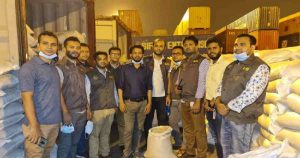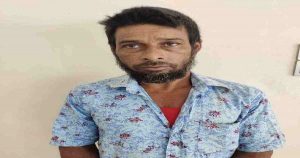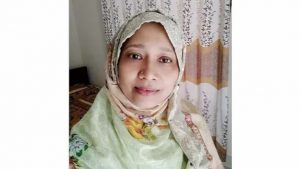Speakers at a seminar here on Saturday stressed political and economic decentralisation to develop the country’s growing urban sector in a planned way and make all cities and towns at different levels modern and liveable.
“Both political and economic decentralisation is a must for planned and modern urbanisation. It’s essential to give more power to local urban authorities and make them financially capable to build all-level towns in a planned way,” said urbanization expert Prof Nazrul Islam.Noting that the urban sector has rightly been included in the 7th Five-year Plan comprehensively, he said now proper implementation is needed after preparing work plans every year.
General Economics Division (GED) of the Planning Commission and Bangladesh Urban Forum jointly arranged the seminar titled ‘Sustainable Urbanisation in the Context of the 7th 5-year Plan’ at Bangabandhu International Conference Centre in the city.
Prof Nazrul, also the Chairman of Centre for Urban Studies, said the decentralisation is needed for Bangladesh. “All towns at different levels — capital, division, district, upazila and even union — will have to be developed in planned ways. If this can be done, the migration from rural areas to urban ones will come down.”
Prime Minister’s Economic Affair Adviser Dr Mashiur Rahman, Local Government Division Secretary Abdul Malek, Planning Division Secretary Mohammad Shafiqul Azam, PPRC executive chairman Dr Hossain Zillur Rahman, UNDP Country Director Pauline Tamesis, Buet teacher Prof Dr Roxana Hafiz, Architect Iqbal Habib and former LGRD Secretary Abul Alam Md Shahid Khan spoke at the function.
Making a presentation, GED member Prof Shamsul Alam mentioned the proposed strategies to develop urban governance, housing and transportation, and alleviate urban poverty, which were incorporated in the 7th Five-year Plan.
Noting that urbanisation is a must for rapid economic growth, he said household income in urban areas is much higher than that in rural areas as well as the urban have higher share of national economic production.
He said Bangladesh marked rapid urbanisation in the last few decades, especially between 1961 and 2001. The urban population in Bangladesh is now 42.70 million, 28.37 percent of the total population, whereas the number was only 0.70 million (2.43pc of total population) in 1901.
The urban population rose to 2.64 million (5.19pc) in 1961, 13.54 million (15.54pc) in 1981, 22.46 million (20.15pc) in 1991, 28.61 million (23.10pc) in 2001, Prof Shamsul Alam added.
Some 32.63 percent of the country’s total 42.70 million urban population lives in Dhaka, he noted.
Presenting the scenario of urban housing, he said 4.6 million units, 43.43 percent of urban population faced housing deficit in 2011. It is projected that 8.5 million units will face housing deficit in 2021.
“We’re still rural in urban areas,” he said adding that only 27.67 percent of urban households live in pacca structures while 28.92 percent in semi-pacca, 41.85 percent in thatched and 1.56 percent in jhupri (small) houses.
About urban transportation, the GED member said 65 percent of urban work-trips are non-motorised mode (bicycle, rickshaw, walking), while only 12 percent are by bus and minibus and 20 percent are by other motorised vehicles. – UNB




